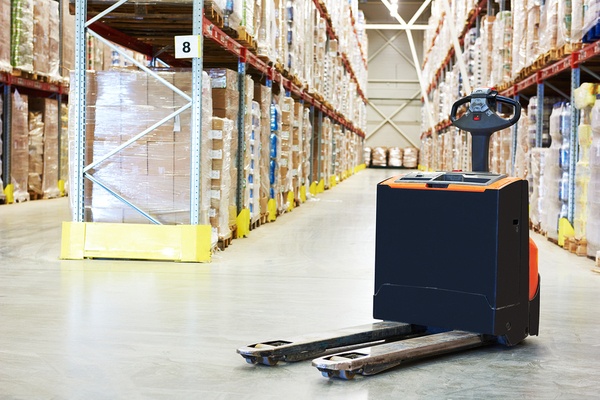UN-certified packaging is a world apart from other packaging materials. It might look the same in many ways, but the UN-Certified label indicates that there is much more happening under the surface. Certification is not a one-and-done solution. For every hazardous product, there are many factors that are tested for compliance with the most recent UN regulations.
If you are looking for your first UN-certified packaging supplier or want to find a better one, here are five important factors to consider.
#1: Does the Packaging Supplier Have Appropriate Certifications and Experience?
Ultimately, the responsibility for selecting and implementing UN-certified packaging lies with the product manufacturer. It is in your best interest to choose a packaging supplier whose certifications and experience combined give you the highest likelihood of being compliant with regulations and staying that way.
The International Air Transport Association (IATA) explains that it is easy to take safety for granted. Certifications matter because they prove fitness of the packaging materials for their purpose. However, experience with UN-certified packaging is as important as any document.
#2: Is the Packaging UN-Specified, Tested and Certified?
UN-certified packaging has several classifications, which mirror the product classifications for materials that the packaging can safely contain. IATA says product classification is “critical to choosing the right packaging system.” That is because there is no standard or one-size-fits-all solution, even within the same product class.
Not only is the packaging required to have little or no interaction with the contents, it must also perform safely and dependably under numerous conditions. Falls, stacking, and atmospheric conditions are a few of the factors about which you should be concerned.
 Un-certified packaging is only as good as the weakest link in packing, storage, and transportation.
Un-certified packaging is only as good as the weakest link in packing, storage, and transportation.
#3: Can the Packaging Stand up to Packing, Storage, and Transportation Conditions?
There is no way to account for every imaginable risk. However, you can account for the most likely risks as well as those with the highest potential for compromising the packaging and product and putting the public at risk of exposure. Testing and pairing the product with the right packaging classification helps ensure the UN-certified system you choose can withstand the unique conditions throughout the whole supply chain.
Maybe the packaging performs as expected during filling, but what if there is a machinery malfunction? Stacking and storage practices might complement the packaging materials, but if a forklift tips over, a pallet breaks or there is a vehicle accident during transportation, what happens then? Performance Oriented Packaging or POP, says IATA, is critical for safely filling, containing, transporting, and storing hazardous materials.
#4: Does the Packaging Supplier Perform Ongoing Production Checks?
Initial testing results are only a baseline. They cannot guarantee future performance because there are so many factors, including the people who handle it, that can affect the effectiveness of UN-certified packaging.
Ongoing performance for UN-certified packaging depends heavily on continual testing and production checks. If there is a weak link in the chain, production checks can find it before it compromises the packaging, your business, and the public.
#5: Does the Supplier Stay Current on All Existing Laws and New Regulations?
UN-certified packaging that is manufactured today might differ a great deal from what is manufactured in the future. Legislation changes frequently, about every two years. As the UN system of certification advances, new regulations may change the types of flexible films, liners, taps, and seals that are built into the product.
New regulations could create a ripple effect that alters the way you pack, transport, and store hazardous materials tomorrow. If your packaging supplier stays in tune with the industry, you are all set. Updated legislation in the future will be factored into materials manufacture as well as baseline testing and production checks, which protect your company and the public.
Products that put the public and the environment at risk are ever present. The UN standards for safe packaging were developed to minimize the risk of exposure as much as possible using the materials and technology available today. Because technology marches on, expect regulations to change and evolve.
Having passed rigorous testing, CDF’s UN-certified bag-in-box allows you to transport a wide array of goods domestically and internationally. Download this data sheet to learn more about CDF’s UN-certified bag-in-box packaging and how it will help you keep your business moving.


